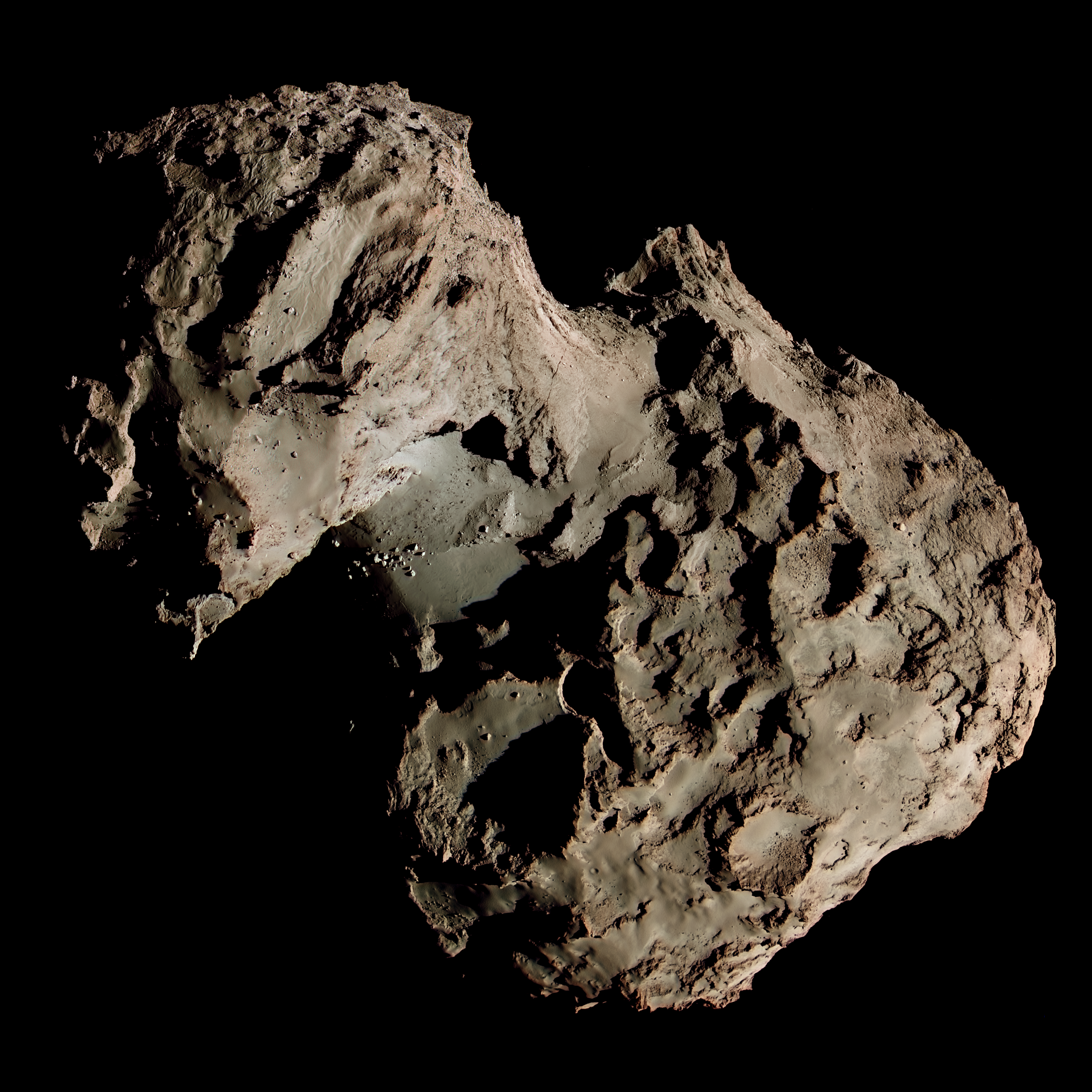Interstellar object
Interstellar object
Interstellar object
Summary
An interstellar object is an astronomical object in interstellar space that is not gravitationally bound to a star. Applicable objects include asteroids, comets, and rogue planets, but not a star or stellar remnant. This term can also be applied to an object that is on an interstellar trajectory but is temporarily passing close to a star, such as certain asteroids and comets (that is, exoasteroids and exocomets). In the latter case, the object may be called an interstellar interloper. The first interstellar objects discovered were rogue planets, planets ejected from their original stellar system (e.g., OTS 44 or Cha 110913−773444), though they are difficult to distinguish from sub-brown dwarfs, planet-mass objects that formed in interstellar space as stars do. The first interstellar object which was discovered traveling through the Solar System was 1I/ʻOumuamua in 2017. These objects possess significant hyperbolic excess velocity, indicating they did not originate in the Solar System. The interstellar objects were once bound to a host star and have become unbound since. Different processes can cause planets and smaller objects (planetesimals) to become unbound from their host star.
Images


